About the War Museum
One of the most significant events in the history of South Africa was the Anglo-Boer War of 1899-1902. Although the protagonists were Britain and the two Boer Republics of the Transvaal and the Orange Free State, the population of South Africa as a whole became embroiled in the war either directly or indirectly.

The War Museum in Bloemfontein provides an understanding of the background against which the Anglo-Boer War took place through its unique art collection, dioramas and exhibitions.
The course and development of the war unfold in front of your eyes as you progress through the museum, including a glimpse into the life and suffering endured in the concentration and prisoner-of-war camps, both black and white.
Sol Plaatje Hall

Throughout the Mafeking Siege, Sol Plaatje served as an interpreter for the court. One of the most significant records of the experiences of the black South Africans during the Anglo-Boer War is said to be his journal from that time. He was a founder member of the South African Native National Congress in 1912, which subsequently changed its name to the African National Congress (ANC), and he rose to the position of organization head in the 1930s.

This hall is devoted to the black and colored individuals who served in a variety of roles during the conflict on both the British and Boer sides. Black people were housed in labor camps and black concentration camps in enormous numbers as a result of the scorched earth techniques, which completely destroyed farms. Over 24,000 people lost their lives in these camps.
Sol Plaatje was a member of a group of black intellectuals who experienced firsthand the Anglo-Boer War and the difficult times after the war. Together with men like John Jabavu, he became one of the founding members of the South African Native National Congress (SANNC) in 1912.
The Sol Plaatje Hall depicts the role of black people on both the Boer and the British sides. The war affected all those trapped in the war zone. Therefore the belief that it was only a ‘white man’s war’ is untrue. Black, Coloured, and Indian people were involved in various capacities. Agterryers who supported the Boers were in charge of logistical support on commando and were also wagon drivers. Eventually, they were armed on a limited scale.

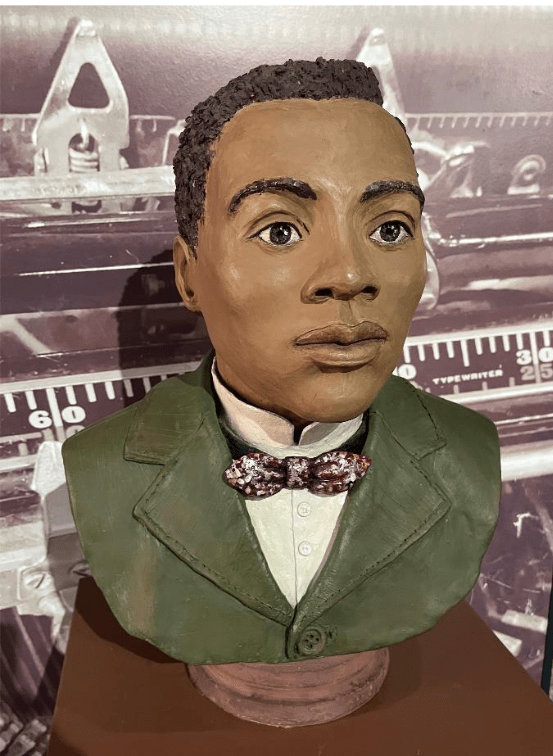

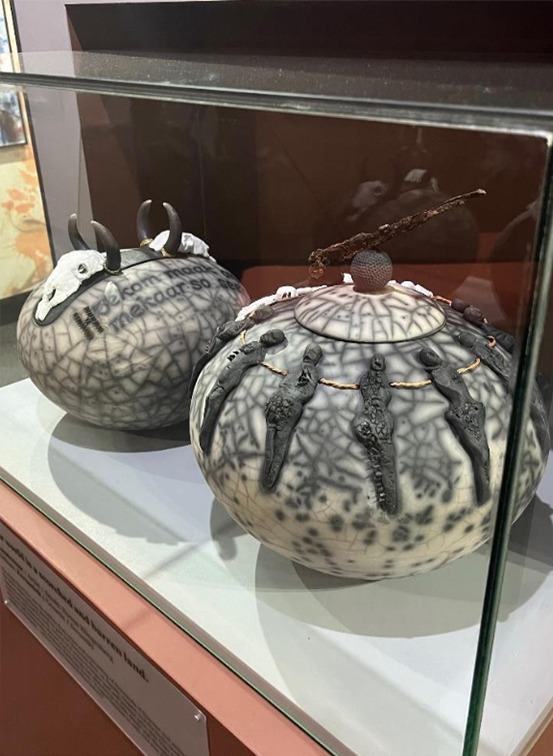




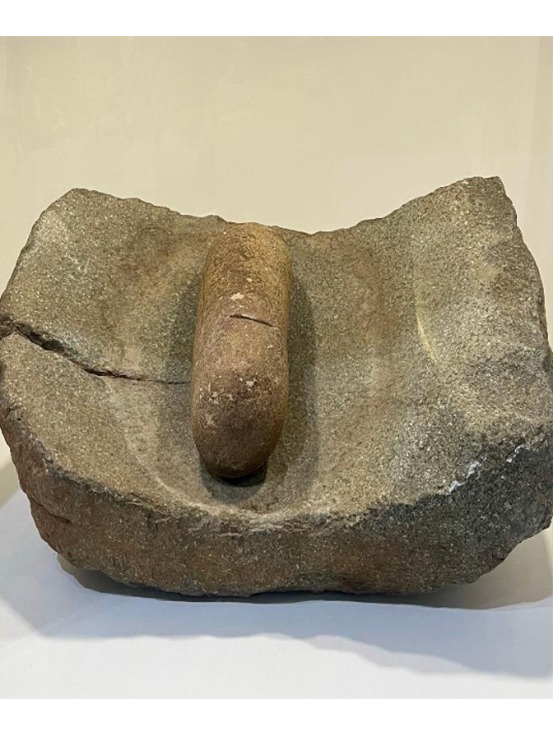






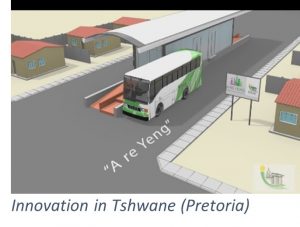


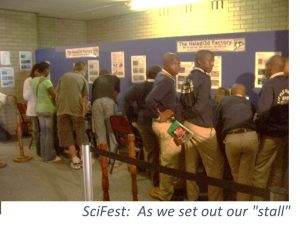
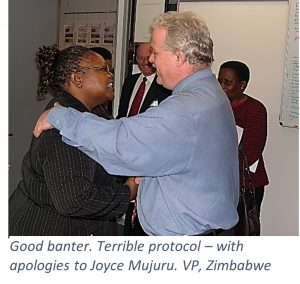






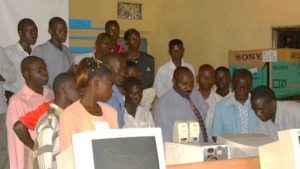
 2000: Sun City, ACT 2000 – The African Computing & Telecommunications Summit
2000: Sun City, ACT 2000 – The African Computing & Telecommunications Summit
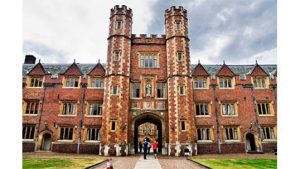
 1998 – 2002: CSIR VR Centre
1998 – 2002: CSIR VR Centre





